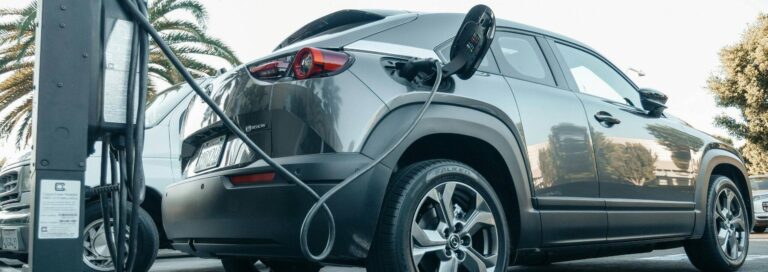What is an EOT?
An EOT is a special form of employee benefit trust which was introduced by the Government in 2014 to further encourage and support employee ownership of UK trading companies, via an indirect holding.
EOTs are an alternative form of company exit for shareholders and are designed to offer a tax-efficient, quicker and cheaper alternative to a more traditional or conventional exit route such as a third-party trade sale or management buy-out. EOTs may be worth considering in the following circumstances:
- Succession planning for family businesses where the next generation work in the business;
- Entrepreneurs who want to retire and realise value but where there is a lack of interest from third party purchasers or where the desired exit valuation is not achieved;
- Any business where the continued commitment of all employees is key to its continued growth and success.
Tax Reliefs
Subject to meeting the qualifying conditions, an EOT structure offers a number of generous tax breaks to shareholders and employees:
- The sale of the shares to the EOT will be free of any Capital Gains Tax, meaning that the consideration received by the exiting shareholders will be available to them in full. There is no minimum shareholding % or holding period requirement.
- Any payments from the company to the trust to fund the sale can be made on a tax-free basis.
- Employees of the company can receive annual bonuses of up to £3,600 per tax year, free of Income Tax (although not National Insurance). Any excess over £3,600 is fully chargeable to income tax.
- For Inheritance Tax purposes, the disposal of the shares to the EOT by the shareholders is an exempt transfer.
Key qualifying Conditions
The key conditions to qualify for the tax benefits of an EOT are as follows:
- The Trading Requirement: The company whose shares are transferred must be a trading company or the principal company of a trading group.
- The All-employee Benefit Requirement: This broadly means that the assets of the EOT must be for the benefit of all eligible employees. Although the assets of the EOT must generally be applied for the benefit of all eligible employees on the same terms, trustees may allocate benefits of differing amounts by reference to factors such as salary, length of service or hours worked etc.
- The Controlling Interest Requirement: The EOT must not hold an interest of more than 5% in the relevant company before the transfer to it and must hold a controlling interest (i.e. > 50%) in the company at the end of the tax year in which the transfer to it takes place.
- The Limited Participation Requirement: Following the sale, the continuing shareholders who are directors or employees (and any persons connected with such directors or employees) must not exceed 40% of the total number of employees of the company or group.
Setting up an EOT Structure
The steps to setting up an EOT structure are as follows:
- A qualifying EOT is established typically with a company as the trustee of the EOT (the Trustee Company). The trust deed is drawn up detailing the trustees and beneficiaries of the EOT as well as the rules governing the operation of the EOT to satisfy the legislative requirements.
- The shareholders sell their shares to the Trustee Company. The purchase price should be market value, as supported by an independent valuation assessment. Commonly, the shareholders and the trustees will jointly engage a share valuation expert to value the company. As with a third-party deal, the consideration for the shares can be structured to be part-paid upfront and part deferred or subject to an earn-out.
- Where the shares are sold at market value with a significant amount left outstanding as deferred consideration, the outstanding amount becomes a debt owed by the trustees to the relevant shareholders and the debt is then repaid in stages using the trading profits of the company.
- Alternatively, the shares may be paid for in full by the EOT taking on third party debt. This allows for all or more of the proceeds to be paid upfront.
- Following on from a sale under 2(i) the company then makes ad-hoc contributions to the EOT from post-tax profits. These contributions are not taxable for the EOT.
It is important to note that EOTs are not suitable in all cases and the rules governing EOTs are complex and shareholders considering selling their interest to an EOT should be aware of several potential pitfalls.
In particular, the long-term operation of an EOT needs to be managed within the framework of the legislation to ensure the tax reliefs continue to be available.
What next?
To discuss the contents of this article in more detail, please do not hesitate to contact Thomas Adcock.





